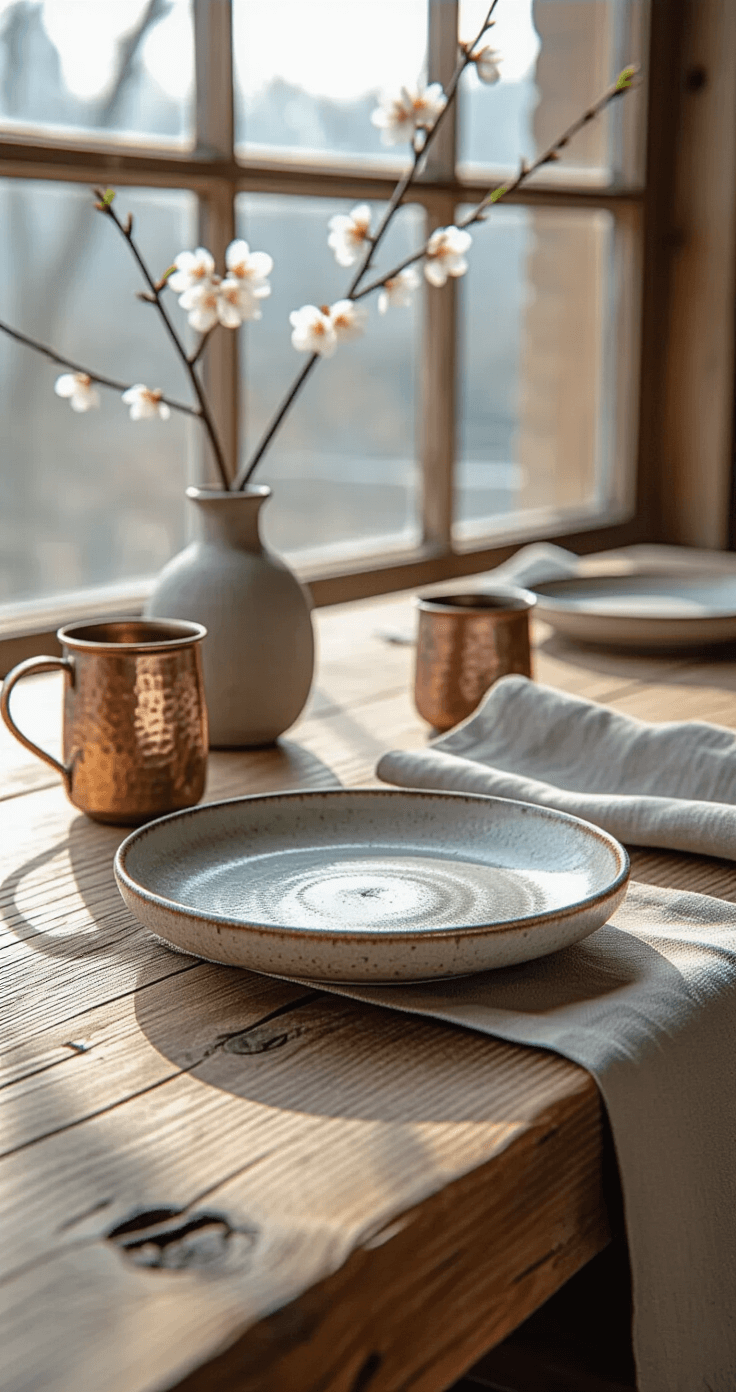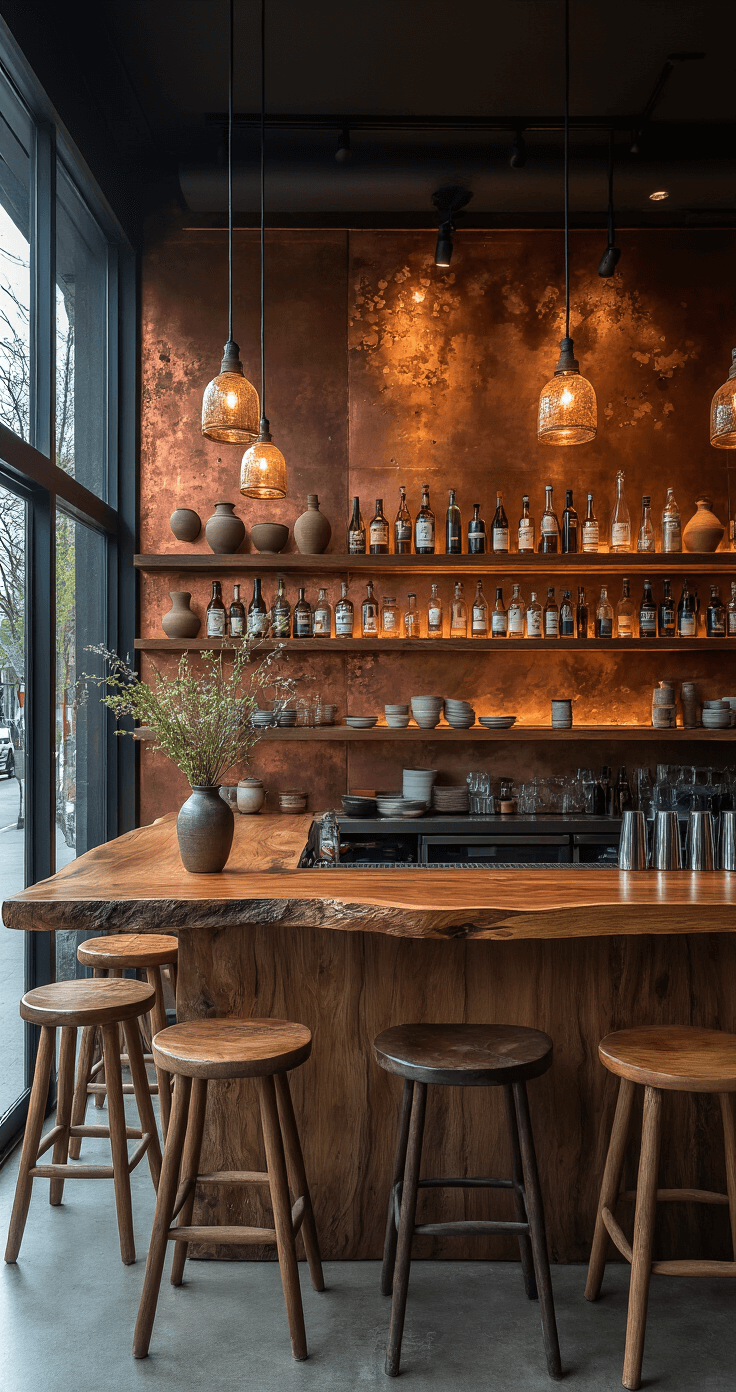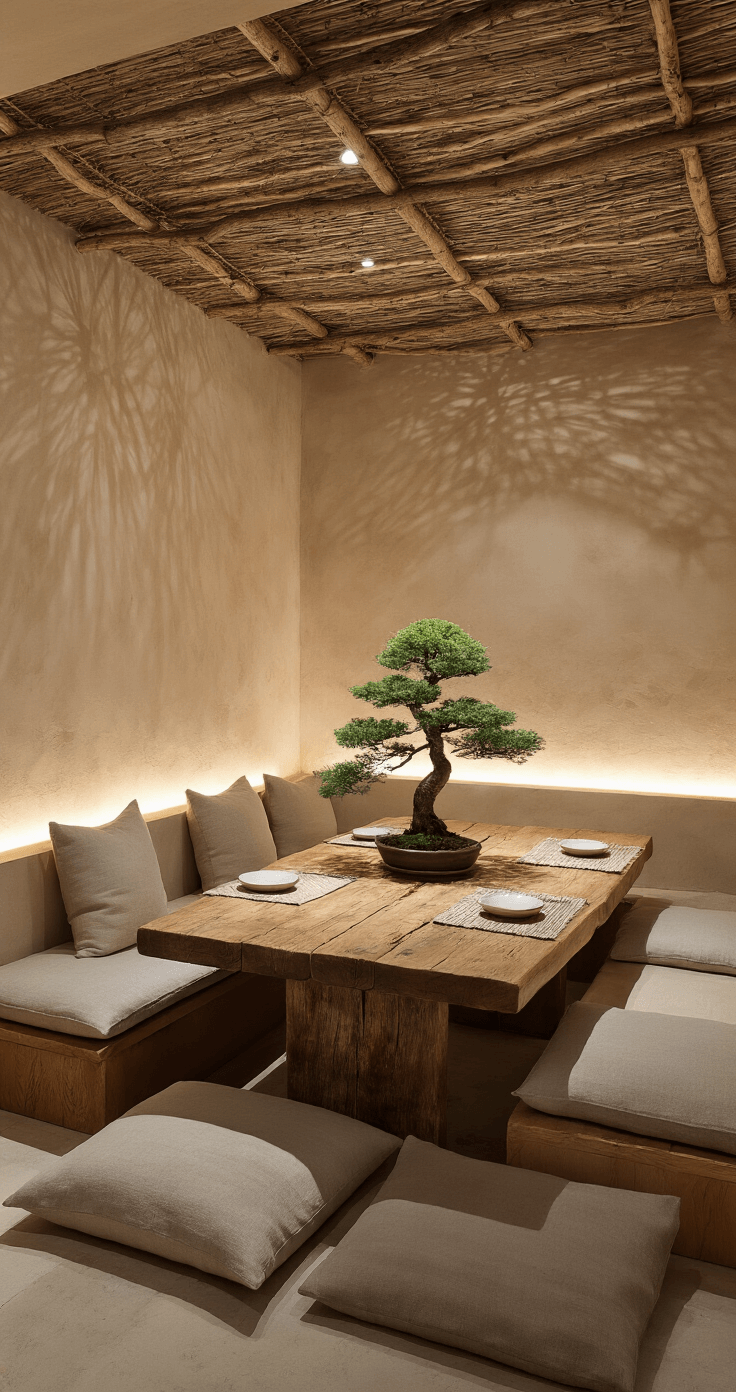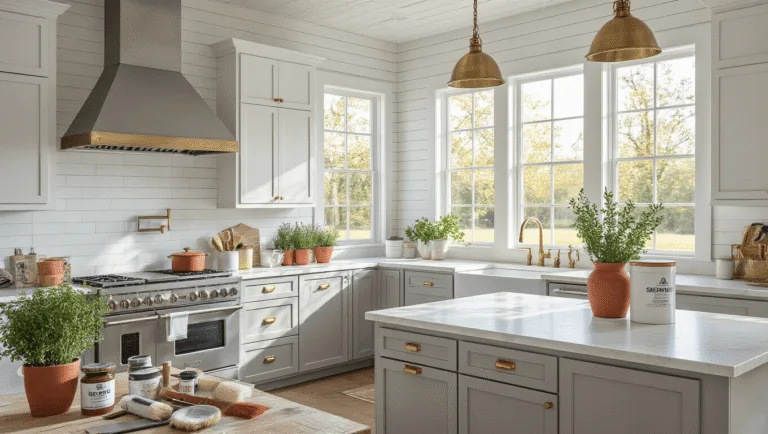This post may contain affiliate links. Please see my disclosure policy for details.
Wabi-Sabi Restaurant Philosophy: Embracing Imperfection in Culinary Harmony
Contents
I’ve always been fascinated by the way food and ambiance come together to create unforgettable dining experiences. But lately, I’ve been noticing a shift away from the polished perfection of fine dining towards something… different. Something that celebrates the beauty in imperfection.
Enter the world of wabi-sabi restaurants.
Now, you might be wondering: “What the heck is wabi-sabi?” Don’t worry, I had the same question when I first heard about it!
Wabi-sabi is a Japanese philosophy that finds beauty in imperfection, impermanence, and simplicity. It’s like the antidote to our Instagram-perfect world. And when applied to restaurants? Magic happens.
The Look: Perfectly Imperfect
Picture this:
- Rough-hewn wooden tables
- Handmade ceramic plates, each slightly different
- Weathered copper accents
- Unfinished stone walls
It’s like stepping into your coolest friend’s cozy cabin – if that friend happened to be a world-class chef. The vibe is natural, unpretentious, and instantly relaxing. No need to worry about using the wrong fork here!
The Menu: Nature’s Bounty, Unfiltered
Wabi-sabi restaurants take a unique approach to food:
- Hyper-seasonal ingredients
- Embracing “ugly” produce
- Simple preparations that let flavors shine
- Menus that change frequently
It’s all about working with what nature provides, imperfections and all. That gnarly heirloom tomato? It’s the star of the show, not hidden under fancy garnishes.
The Philosophy: Slow Down and Savor
Here’s the real magic of wabi-sabi dining: It forces you to be present. To appreciate the fleeting beauty of a perfectly ripe peach. To find joy in the rough edges of handmade pottery. To slow down and really taste your food. In our rushed, over-scheduled lives, this is revolutionary.
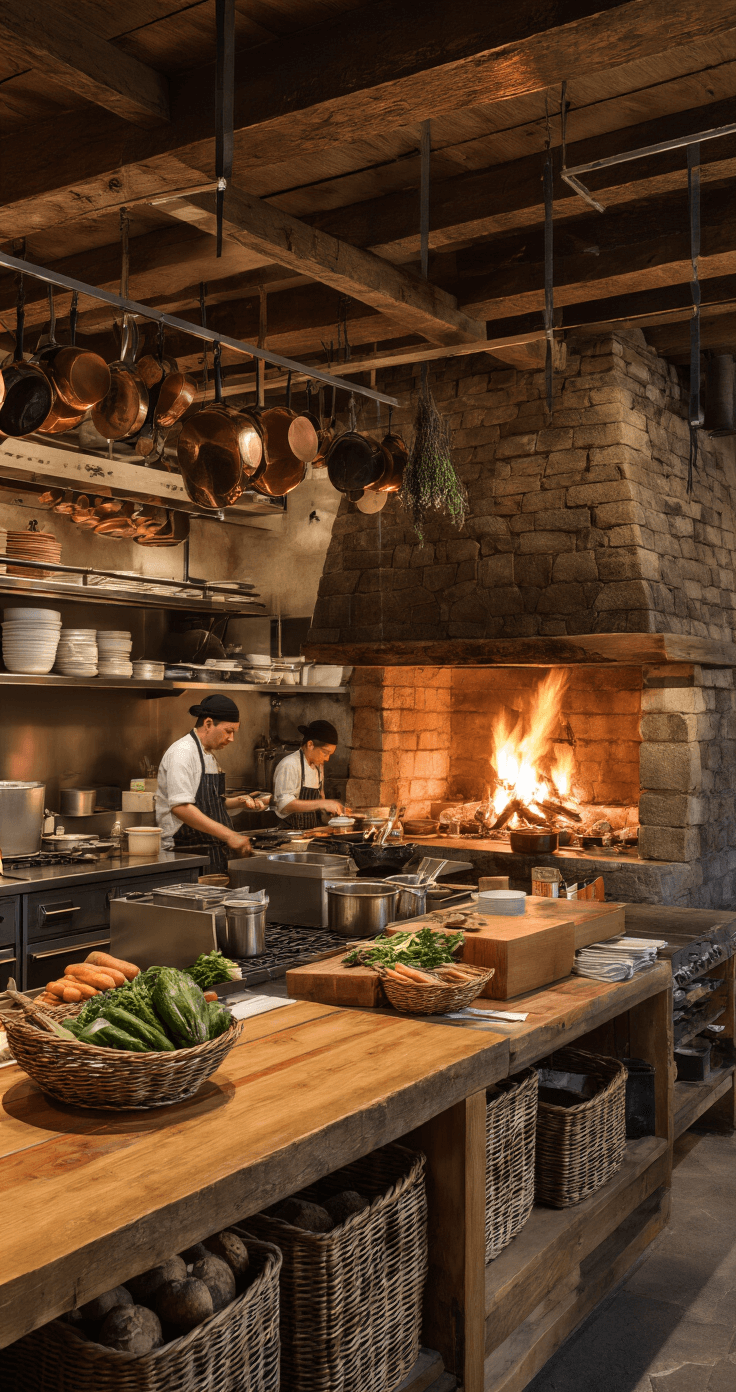
Why It Matters: More Than Just a Trend
Wabi-sabi restaurants aren’t just about looks. They’re tackling some big issues:
- Sustainability: Using local, seasonal ingredients reduces food miles
- Food waste: Embracing “imperfect” produce keeps it out of landfills
- Mental health: Creating spaces that promote calm and mindfulness
- Connection: Encouraging diners to engage with their food and each other
It’s a holistic approach that nourishes body and soul.
My Take: A Delicious Reality Check
I’ll be honest: my first time in a wabi-sabi restaurant was a bit jarring. Where was the white tablecloth? The perfectly uniform plates?
But as I settled in, something shifted. I found myself noticing details I’d usually overlook:
- The warmth of the sun-baked clay mug in my hands
- The way the light played off the uneven surface of my bowl
- The pure, unadulterated flavor of each bite
It was… liberating. In a world obsessed with perfection, wabi-sabi dining gives us permission to embrace the messy, beautiful reality of life. And trust me, it tastes pretty darn good.
Ready to give it a try?
Look for restaurants that:
- Use words like “rustic,” “seasonal,” or “farm-to-table” in their descriptions
- Have simple, frequently changing menus
- Feature natural materials and handmade elements in their decor
Remember: The goal isn’t to find flaws, but to appreciate the unique character they bring. So next time you’re out to eat, why not seek out a little wabi-sabi? You might just discover a new way of seeing – and tasting – the world.
Bon appétit, imperfections and all!



